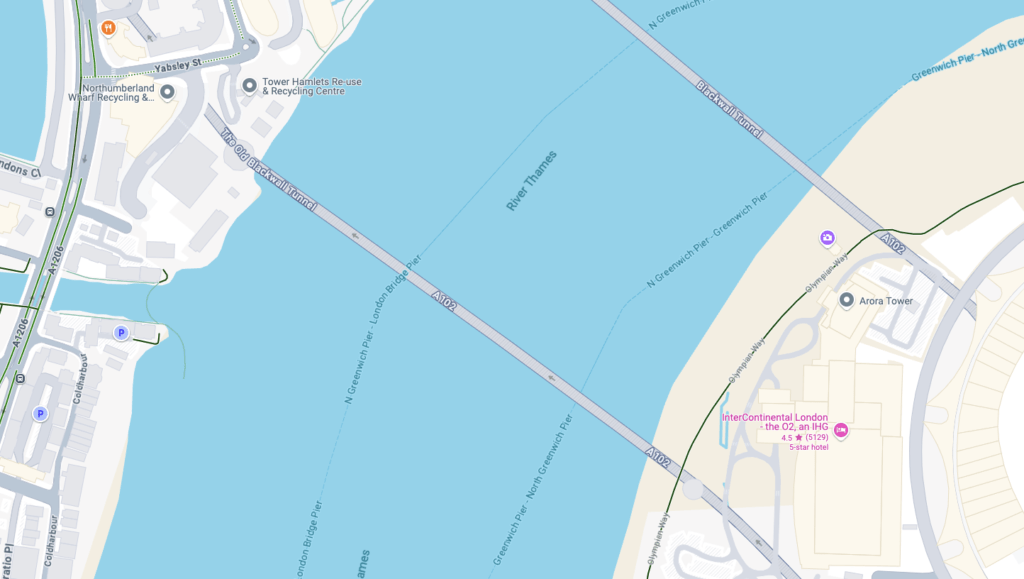One of the busiest river crossings in London, Blackfriars Bridge is a key artery for traffic traveling between north and south London. Here we investigate the newest updates. Including news, reviews, prices and specs — surrounding the Blackwall Tunnel, as well as its crucial role in London’s transport network.
Blackwall Tunnel Summary
The Blackwall Tunnel is two tunnels; one was built in 1897 (the western tunnel) and the other opened in 1967. The former tunnel was built for horse-drawn carriages and isn’t tall or wide enough to handle many modern vehicles. The east tunnel was built for later traffic, to serve the almost larger vehicles of our survey.
Between them, the tunnels carry millions of vehicles a year and are an essential part of keeping London moving. The tunnel remains subject to regular congestion and closures due to incidents and breakdowns. Leading transport officials and commuters alike irritated.
Toll-Free Travel and Exclusivity constraints
Free to use, unlike some other river crossings situated in London which includes the Dartford Crossing. This fact has been a significant contributor to the tunnel’s level of use, especially by motorists seeking to avoid paying. While open access has priced in to a lot of consumer behavior and adoption. It has also helped burden the tunnel with high volumes of foot traffic so much. That the tunnel routinely becomes something of a bottleneck at various times (with more on this below).
There have even been discussions of imposing tolls to better control traffic and also finance future improvements. But this has yet to materialize. At that time, the tunnel remained toll-free but if London continues to expand. Congestion-based prices could become more appealing in the coming years.
ReviewTitleTraffic and Reviews from the Public
It’s still one of the most important ways for people and businesses to get around in London. In contrast, regular traffic jams to the tunnel, a series of delays. And often the closure of the tunnel for incidents has disappointed drivers. With height restrictions in the western tunnel, combined with its narrow lanes. Modern vehicles find making their way through challenging here, frequently leading to accidents and sometimes requiring closures.
Rushing delays in the tunnel have become little more than business as usual. Regular commuters are by now used to tailbacks that are torturously long. In general, the east tunnel is more efficient at managing modern traffic, which both can get pretty backed up. Especially when there are works or the west tunnel is closed.
The Silvertown Tunnel and where the latest inside news is happening
The most important recent news around the Blackwall Tunnel is the scheduled Silvertown Tunnel that has started construction and is expected to be open by 2025. In the past, this may also have helped to alleviate some of the pressure on the neighboring Blackwall Tunnel by creating an extra crossing further east. It will be a toll road, so drivers will have to pay if they want to use it. But it should take some of that heavy traffic away and help congestion at Blackwall.
The Silvertown Tunnel is spurring debate about whether the non-tolling Blackwall Tunnel should continue to not require a toll. While Transport for London (TfL) says that the Blackwall Tunnel will remain free for now. It has suggested a road pricing scenario in which traffic entering the two tunnels can be managed appropriately.
Environmental Concerns and Improvements
In recent times environmental issues have joined the mainstream. There are also complaints that the Blackwall Tunnel is a major contributor to air pollution in the area because of the levels of car and especially lorry traffic it encourages. TfL has also put in place mitigation measures to limit the environmental impact of the scheme, including promoting low-emission vehicles and investigating whether parts of the tunnel could be retrofitted with pollution abatement systems.
The Blackwall tunnel is periodically upgraded to enable it to accommodate some of the modern-day requirements such as safety measures, proper lighting, and ventilation systems among others. In addition, TfL is developing new technologies to minimize congestion and improve traffic management, such as improved traffic monitoring (collecting nameplate data) and live updates for drivers.
Conclusion
We will always need the Blackwall Tunnel it is an arterial route in London with a free river crossing between the north and south of the city. Although there have been difficulties with congestion and delays for drivers, the construction of the Silvertown Tunnel is expected to provide some much-needed relief in the years to come. As London grows still further, the Blackwall Tunnel will change as well, and whether it can avoid tolls or further improvements will remain a work in progress for commuters and their transport overlords.
For more news click thebritaintimes.co.uk


